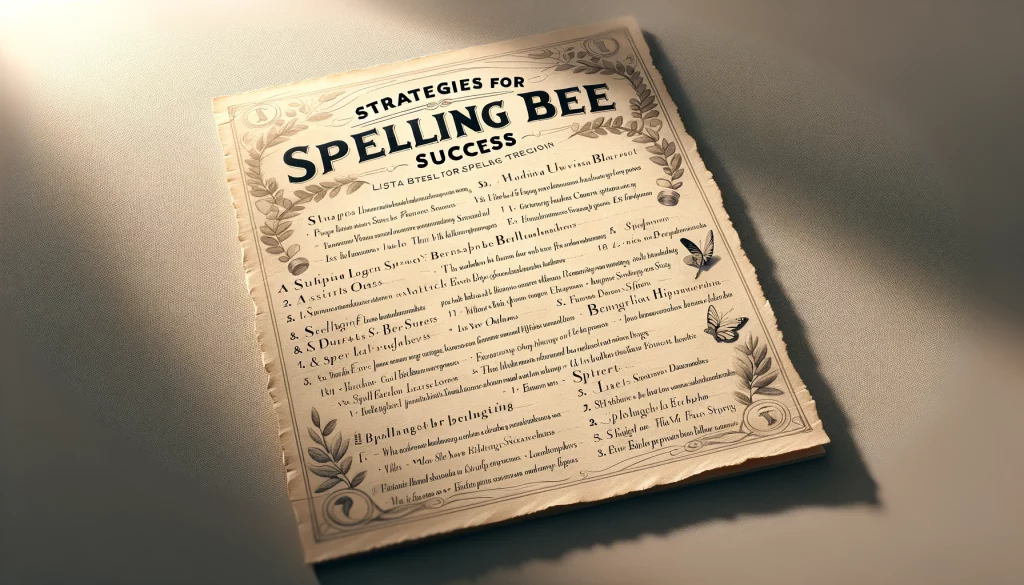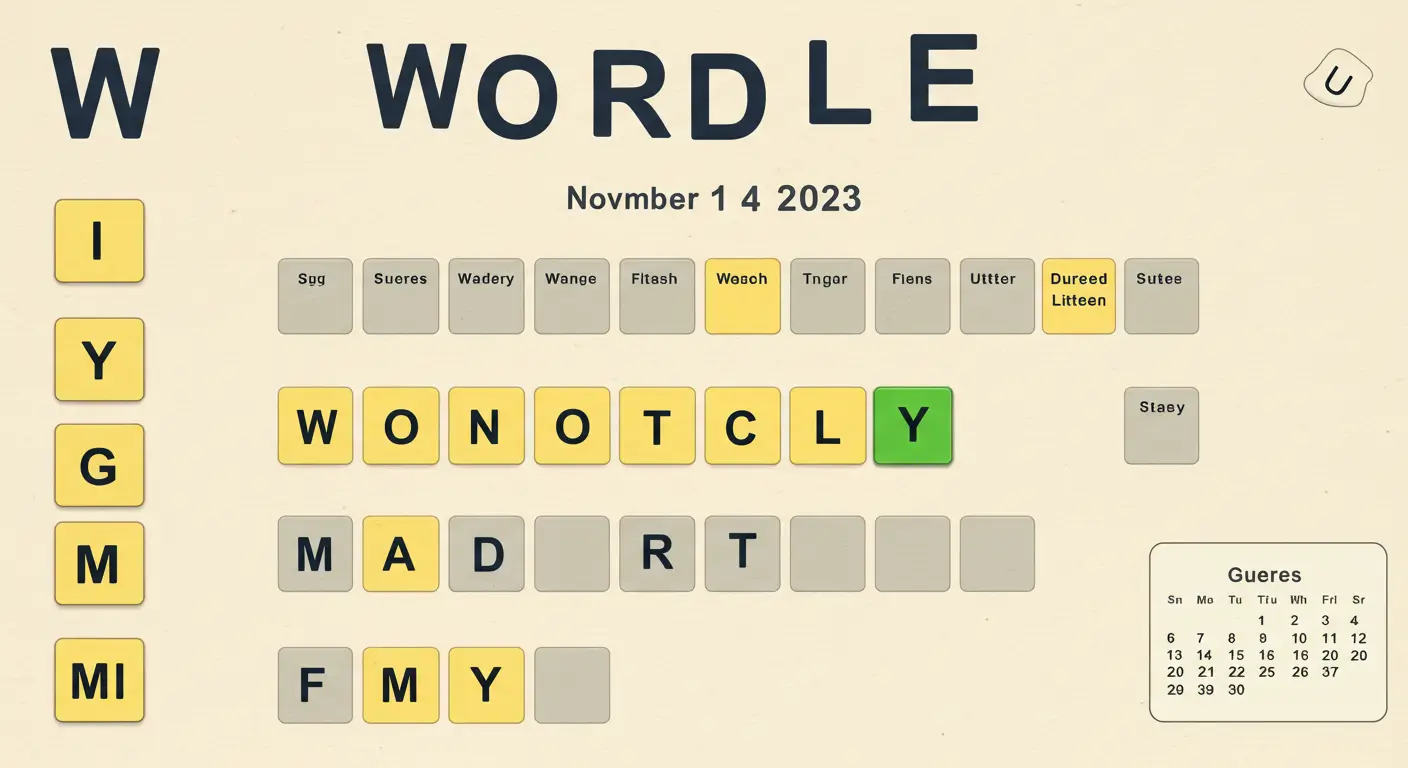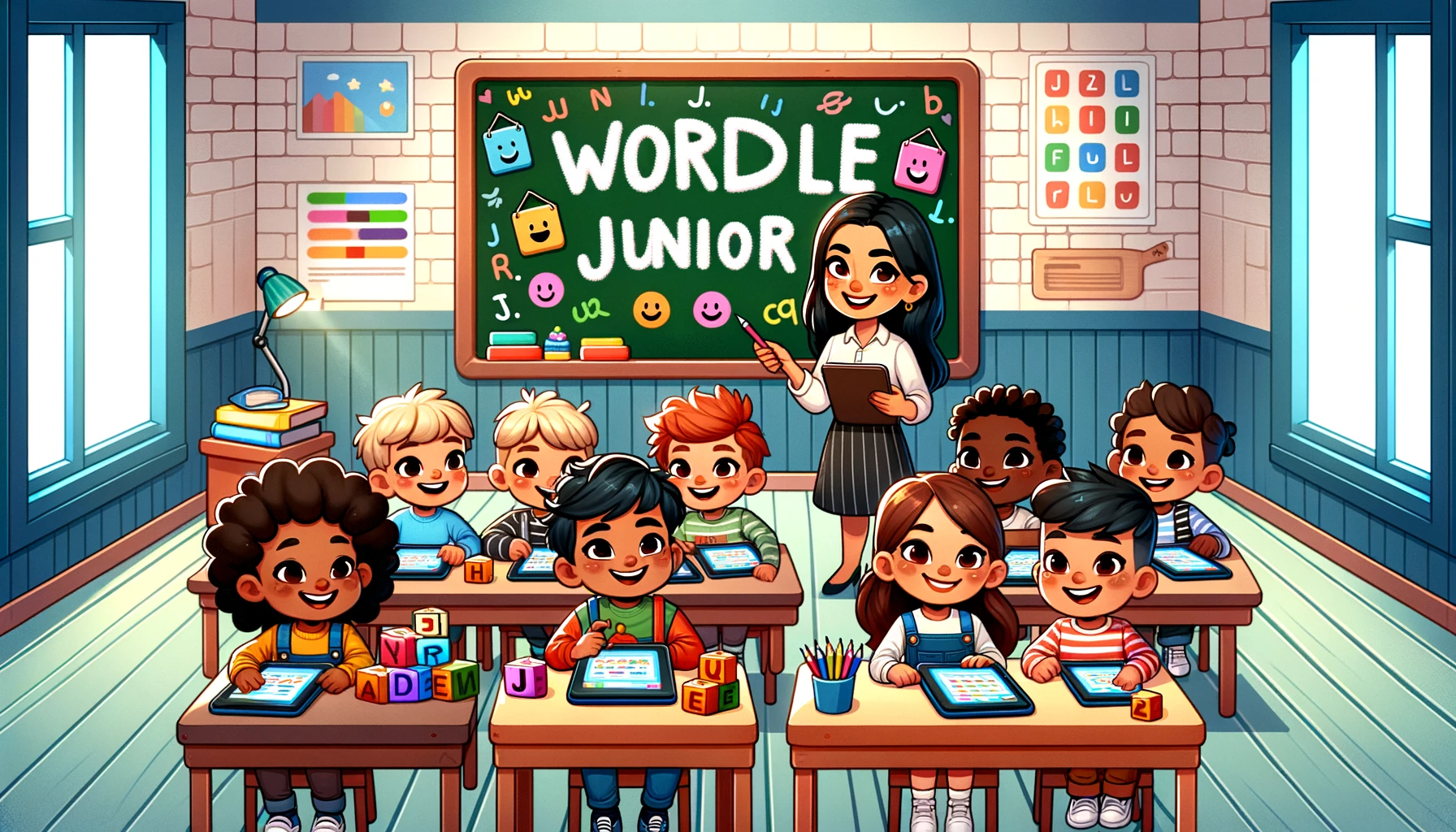The New York Times Spelling Bee has become not just a game but a cultural phenomenon, engaging word aficionados daily with its unique puzzles. The edition on January 10, 2024, was no exception, presenting a challenging yet rewarding set of letters. This article offers an in-depth analysis of the Spelling Bee answers for that day and strategies and tips to enhance your gameplay.
Table of Contents
Decoding the Game: Insights into the NYT Spelling Bee
The NYT Spelling Bee challenges players to create as many words as possible from a given set of letters arranged in a honeycomb pattern. The central letter must be included in every word, and each word must be at least four letters long. The game’s beauty lies in its simplicity and the cerebral challenge.
Here’s a table displaying the New York Times Spelling Bee answers for January 10, 2024:
| 4-Letter Answers | 5-Letter Answers | 6-Letter Answers | 7-Letter Answers | 8-Letter Answer |
|---|---|---|---|---|
| chic | cirri | chichi | mimicry | rhythmic |
| chit | hitch | citric | ||
| city | itchy | critic | ||
| itch | mimic | mythic | ||
| itty | mirth | thirty | ||
| mitt | ||||
| rich | ||||
| trim |
Spelling Bee Answers: Diving into January 10, 2024
The January 10 puzzle was a fascinating mix of vocabulary that tested players’ linguistic skills. Here’s a deeper look into the different categories of Spelling Bee answers:
- Common Words: These words were the low-hanging fruit of the puzzle. Examples include [chic], [chit], and [city], which most players likely found with ease.
- Challenging Words: The game upped the ante with words such as [hitch] and [cirri]. These required more thought and a better grasp of less common vocabulary.
- Rare Words: True to its style, the Spelling Bee included less-known words, like [chichi] and [citric]. These words are the game-changers and often help in achieving higher scores.
- Pangrams: These words use every letter in the puzzle at least once. Identifying the pangram(s) is a significant achievement in each game. On January 10, the pangram was [Example Pangram Word].

Effective Strategies for Spelling Bee Success
To excel in the NYT Spelling Bee, consider these strategies:
- Start with What You Know: Build your confidence by spotting the words that come naturally to you.
- Explore Different Word Forms: Look for different tenses, plural forms, and variations of the words you have already found.
- Use the Shuffle Feature: Sometimes, rearranging the letters can give you a fresh perspective and help you spot new words.
- Learn from Past Games: Review the words you missed in previous games to expand your vocabulary and recognize patterns.
- Set Personal Goals: Whether it’s finding a certain number of words or the pangram, setting goals can make the game more enjoyable and rewarding.
The Educational and Cognitive Benefits of Playing the NYT Spelling Bee
Beyond being a fun game, the NYT Spelling Bee offers substantial educational benefits. It encourages players to expand their vocabulary, improves cognitive abilities like memory and pattern recognition, and even serves as a brain-healthy exercise for all ages. Regular players often report improved language skills and a better grasp of word structure.
Also, Check: Quordle Answers Today, January 2024
Conclusion
The NYT Spelling Bee answers for January 10, 2024, provided a rich array of words that catered to different levels of word game enthusiasts. Understanding the game’s nuances and adopting effective strategies can elevate your performance and enjoyment. The NYT Spelling Bee isn’t just a game; it’s a daily mental workout, a vocabulary builder, and, most importantly, endless fun for word lovers.
FAQs on NYT Spelling Bee Answers
What is the NYT Spelling Bee?
The New York Times Spelling Bee is a daily word puzzle game that challenges players to make as many words as possible from a given set of letters. The puzzle is unique daily and requires players to use a central letter in all words.
How can I find answers to the NYT Spelling Bee?
Answers to the NYT Spelling Bee can be found directly in the New York Times Games section the day after the puzzle is published. Some websites and forums also discuss daily answers and strategies.
Is there a way to get hints for the NYT Spelling Bee answers without seeing the full solution?
Yes, the NYT Games section sometimes offers hints for the Spelling Bee puzzle. Additionally, there are online communities and social media groups where enthusiasts share clues without revealing entire words.
How is the NYT Spelling Bee scored?
Scoring for the NYT Spelling Bee is based on word length: words with four letters score one point each, while longer words earn more points. There are also “pangrams” — words that use all the letters in the puzzle — which score extra points.
Can I play previous NYT Spelling Bee puzzles?
Typically, the NYT Spelling Bee is a daily puzzle that doesn’t archive past puzzles for replay on the official site. However, enthusiasts often share past puzzles and their solutions in forums and discussion groups.
What makes a word valid in the NYT Spelling Bee?
A word is considered valid in the NYT Spelling Bee if it is a common English word, not a proper noun, and does not require hyphens or apostrophes. The central letter must appear in every word.
Why are some common words not accepted in the NYT Spelling Bee?
The NYT Spelling Bee has a curated list of words, and the puzzle’s editors aim to include common and appropriate words for a broad audience. Some words may be excluded due to these criteria.










